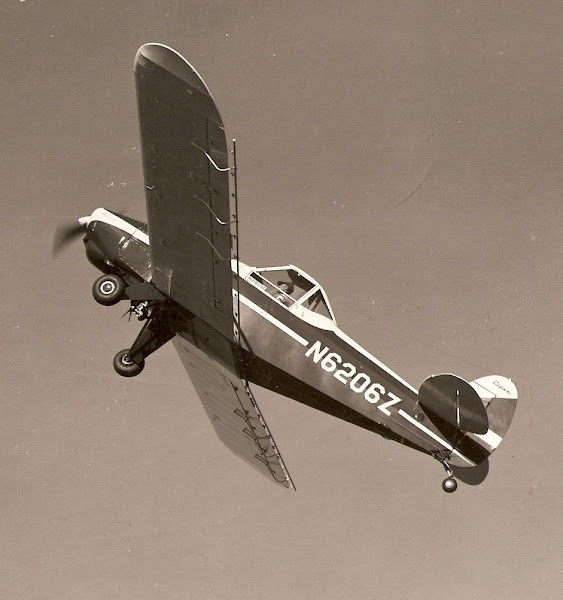 (newspaper of Sept. 6, 1890)
(newspaper of Sept. 6, 1890)[Supplement to the Carroll Banner]
In the 1st Ward
Henderson Store.
J. & Stein Company, Proprietors
J. P. Alexander
Outpost Store
Mr. Charles Langham
Muir’s Store.
Robert Nicholson, Proprietor
In the 2nd Ward
Goodrich Store
Jonas Bloch, Proprietor
Melbourne Store.
H. C. McQuaide, Proprietor
Mounds Store.
J. W. Dunn, Proprietor
Stamboul Store.
S. H. Mobberly, Agent.
Bank Store.
John W. Cook & Co., Proprietors
Atherton Store.
Capt. Keene and E. W. Constant
H. K. Barwick & Company.
Dessona Store.
John W. Cooke & Co., Proprietors.
Alsatia Store.
J. Stein & Co., Proprietors
In the 3rd Ward
W. H. Fisher Store.
McGuire’s Livery Stable.
John McGuire, Proprietor
Dan O’Sullivan, Agent
Red Star Store.
Dave Dreyfuss, Executor.
Louis Anet.
Practical Swiss watchmaker. Next door to Hamley’s butcher shop.
Blue Store.
J. W. Cooke, Proprietor.
E. J. Hamley.
Proprietor of the old established butcher shop on Levee Street.
Braxton House.
Keeps a first class butcher shop on Lake Street, between Pittman Brothers and McNeal’s. “Brack” is a steady working colored man, who has been employed in the above business since about ten years ago, and almost everything in the meat line can be found there.
Gillis Franklin.
Dealer in dry goods, groceries and general plantation supplies,
Lake Street.
McLaughlin’s Store.
Formerly owned by T. J. Burell.
J. C. Pittman & Bro.
Mrs. A. C. Ryan.
N. Fousse.
Successor to William Keegan. Tinner. Lock and Gun Smith. He came here in September, 1886 and from that time to this has been kept stirring. He makes a specialty of repairing boilers and machinery of all kinds. His shop is on the levee, opposite Pittman’s store.
S. A. McNeal.
Midland Store
Proprietor G. H. Sutton. This plantations is generally called the Island, as it is surrounded by the lake in high water times. This store does a wholesale and retail grocery business, and also handles a large assortment of dry goods. Sutton is one of the most successful colored men in the parish; and by his enterprises and proper bearing, has won for himself a good name among the white people with whom he is acquainted.
McLaughlin’s Store.
Formerly owned by T. J. Burell.
J. C. Pittman & Bro.
Mrs. A. C. Ryan.
N. Fousse.
Successor to William Keegan. Tinner. Lock and Gun Smith. He came here in September, 1886 and from that time to this has been kept stirring. He makes a specialty of repairing boilers and machinery of all kinds. His shop is on the levee, opposite Pittman’s store.
S. A. McNeal.
Midland Store
Proprietor G. H. Sutton. This plantations is generally called the Island, as it is surrounded by the lake in high water times. This store does a wholesale and retail grocery business, and also handles a large assortment of dry goods. Sutton is one of the most successful colored men in the parish; and by his enterprises and proper bearing, has won for himself a good name among the white people with whom he is acquainted.




